The ranks of the Bundeswehr place you as a soldier within a clear hierarchy and define the chain of command. Here you’ll find a complete overview of all ranks of the Bundeswehr in Army, Air Force, and Navy, including insignia and responsibilities.
Bundeswehr knowledge in 15 seconds:
- Hierarchy: The Bundeswehr has 26 rank levels, visible through insignia on shoulder boards or slip-on loops. These clearly recognizable insignia ensure the hierarchy.
- Branches: The three branches – Army, Air Force, and Navy – have their own, partly different rank designations that precisely define responsibilities and the chain of command.
- New ranks: With the introduction of the new ranks Corporal and Senior Corporal, the enlisted career path has been made more attractive. By 2031, 5,000 new positions will be created for these ranks.
Ranks of the Bundeswehr: An Overview
The Bundeswehr recognizes 26 rank levels that clearly indicate your position in the hierarchy and your responsibilities. On the uniform, you can identify them by the insignia on the shoulder boards. This makes your rank and role immediately visible to comrades and superiors.
Your rank not only shows your level but also your affiliation with a branch or an organizational area. The three branches – Army, Air Force, and Navy – each have specific ranks, although Army and Air Force soldiers use identical rank titles. This facilitates collaboration and command paths between them.
Your superior-subordinate relationship, however, does not depend solely on rank but also on your specific position. Together, rank and position ensure clear and effective leadership within the unit.
Rank Insignia of the Bundeswehr in Detail
The rank insignia are visible on your uniform and indicate your respective rank. These insignia are an essential part of your military identity and enable immediate recognition of your rank and role. The rank markings and their designations on the field uniform are shown through slip-on loops attached to the shoulder boards.
Sleeve insignia are also part of the rank insignia but only for Navy personnel. These specific insignia and their placement on the uniforms provide a clear and unambiguous representation of rank and contribute to efficiency and order within the military hierarchy.
Rank Groups and Hierarchy
The ranks of the Bundeswehr are divided into seven groups, each encompassing specific levels. These groups range from enlisted ranks to generals (or admirals in the Navy). Each group has specific tasks and responsibilities that contribute to the overall structure and efficiency of the Bundeswehr.
Before you start your service, it is recommended to learn the structure of the ranks to better orient yourself in the military environment. Understanding the hierarchy helps you find your way, know your role, and properly identify the chain of command. This gives you confidence, strengthens cooperation, and shows that you know your place and where you belong.
Ranks in the Army
The Army divides its ranks into seven groups: Generals, Field Officers, Captains, Lieutenants, Non-commissioned officers with sword knot (Portepee), NCOs without Portepee, and Enlisted. This hierarchy not only regulates authority but clearly shows what responsibility you carry. Your rank reflects your duties and place in the unit.
Enlisted Personnel in the Army
Your journey usually starts as a rifleman. The exact entry rank depends on your branch. These initial ranks lay the foundation for your military career: you learn to take responsibility, protect your comrades, and prove yourself within the unit.
The enlisted ranks cover numerous positions, from simple soldiers to experienced specialists. Each rank brings its own challenges and maintains the Army's readiness. The enlisted form the foundation of the entire military structure.
Non-Commissioned Officers in the Army
NCOs are the backbone of leadership. There are two groups: NCOs without Portepee and NCOs with Portepee.
- NCOs without Portepee lead small teams, train recruits, and ensure discipline. These ranks are Unteroffizier, Stabsunteroffizier, and Fahnenjunker.
- NCOs with Portepee carry more responsibility. They command units, directly lead comrades, and serve as a link between enlisted and officers. Typical ranks are Feldwebel, Oberfeldwebel, Hauptfeldwebel, Stabsfeldwebel, and Oberstabsfeldwebel.
The term Portepee comes from tradition: it refers to a tassel or knot on the saber that used to be reserved for senior NCOs – a visible sign of their status in the hierarchy. Today, the term still signifies that you belong to the higher NCO ranks.
The distinction between NCOs with and without Portepee is important for understanding the leadership structure in the Army and finding your own path within it.
Officers in the Army
The officer career path begins as a lieutenant. You lead small units and gain initial leadership experience. With each rank your responsibility grows: as Oberleutnant and Hauptmann, you command larger groups and make tactical decisions.
Higher officers like Oberstleutnant and Oberst lead large formations and plan strategic operations. At the top stand the generals. They bear the highest responsibility, decide on major military missions, and shape the Army's overall direction.
Army Ranks – Overview with Insignia
|
Group |
Example Ranks |
Typical Duties |
Insignia (simplified) |
|
Enlisted |
Schütze, Gefreiter, Obergefreiter, Hauptgefreiter, Stabsgefreiter, Oberstabsgefreiter, Korporal, Stabskorporal |
Basic military tasks, support, initial specializations |
from “none” (Schütze) to 3–4 stripes or broad stripes (Korporal, Stabskorporal) |
|
NCOs without Portepee |
Unteroffizier, Stabsunteroffizier, Fahnenjunker |
Leading small teams, training recruits, discipline and order |
open or closed arc |
|
NCOs with Portepee |
Feldwebel, Oberfeldwebel, Hauptfeldwebel, Stabsfeldwebel, Oberstabsfeldwebel |
Commanding units, direct leadership, link between enlisted and officers |
closed arc with 1-2 chevrons, sometimes with or without head chevron |
|
Lieutenants |
Leutnant, Oberleutnant |
Leading smaller units, first tactical decisions |
1–2 silver stars |
|
Captains |
Hauptmann, Stabshauptmann |
Commanding larger groups, tactical planning and execution |
3-4 silver stars |
|
Field Officers |
Major, Oberstleutnant, Oberst |
Leading large formations, strategic planning |
1–3 silver stars and silver oak wreath |
|
Generals |
Brigadegeneral, Generalmajor, Generalleutnant, General |
Overall responsibility for operations, strategic leadership of the Army |
1–4 gold stars with golden oak wreath |

Ranks in the Air Force
The Air Force is divided into enlisted, NCOs, and officers. This clear hierarchy ensures smooth operations, quick command paths, and precise organization in daily service. Your rank immediately shows your level, responsibility, and position within the Air Force.
Enlisted in the Air Force
Your entry begins as a Flieger – the lowest rank of the Air Force. Next comes the Gefreiter. In these rank titles you lay the foundation for your career: you learn to take responsibility, work in a team, and ensure operations run smoothly. The enlisted ranks maintain readiness and form the basis for your advancement and specialization.
Non-Commissioned Officers in the Air Force
NCOs lead, train, and keep everything together. They are divided into two groups:
- NCOs without Portepee: Unteroffizier, Stabsunteroffizier. They lead small teams and train new recruits.
- NCOs with Portepee: Feldwebel, Oberfeldwebel, Hauptfeldwebel, Stabsfeldwebel, Oberstabsfeldwebel. They command units, organize service, and act as a link between enlisted and officers.
Feldwebel and Feldwebel candidates carry special responsibility here. With each rank, your influence grows – up to the Oberstabsfeldwebel at the top of the NCOs.
Officers in the Air Force
As an officer you lead strategically. Your career begins as a Leutnant, responsible for small units. With each step your rank and responsibility increase: As Hauptmann you command larger groups and make tactical decisions. In higher ranks like Major, Oberst, or General you plan comprehensive operations and shape the strategic direction of the Air Force. Officers lead formations, make important decisions, and bear responsibility for the entire branch.
Air Force Ranks – Overview with Insignia
|
Group |
Example Ranks |
Typical Duties |
Insignia (simplified) |
|
Enlisted |
Flieger, Gefreiter, Obergefreiter, Hauptgefreiter, Stabsgefreiter, Oberstabsgefreiter, Korporal, Stabskorporal |
Basic tasks, support, initial specializations |
from “none” (Flieger) to 3–4 stripes or broad stripes (Korporal, Stabskorporal) |
|
NCOs without Portepee |
Unteroffizier, Stabsunteroffizier, Fahnenjunker |
Leading small teams, training recruits, discipline |
open or closed arc |
|
NCOs with Portepee |
Feldwebel, Oberfeldwebel, Hauptfeldwebel, Stabsfeldwebel, Oberstabsfeldwebel |
Commanding units, link between enlisted and officers |
closed arc with 1-2 chevrons, sometimes with or without head chevron |
|
Lieutenants |
Leutnant, Oberleutnant |
Leading small units, first tactical decisions |
1–2 silver stars |
|
Captains |
Hauptmann |
Commanding larger groups, tactical planning and execution |
3–4 silver stars |
|
Field Officers |
Major, Oberstleutnant, Oberst |
Leading large formations, strategic planning |
1–3 silver stars and silver oak wreath |
|
Generals |
Brigadegeneral, Generalmajor, Generalleutnant, General |
Overall responsibility for operations, strategic leadership of the Air Force |
1–4 gold stars with golden oak wreath |

Ranks in the Navy
The Navy of the Bundeswehr has its own hierarchy, different from the Army and Air Force. Its rank designations are adapted to maritime traditions and reflect the specific requirements on board. Your rank shows not just your responsibility but also your place in the crew.
Enlisted in the Navy
Your Navy career begins as a Matrose – the lowest rank. Then you advance to Gefreiter. These ranks form the basis of your military career. As a Matrose you take on basic tasks on board, secure operations, and learn to prove yourself within the crew.
Obermatrosen have already gained experience, carry more responsibility, and lead smaller tasks within their unit. These ranks are crucial for operational readiness and form the foundation for your advancement.
Non-Commissioned Officers in the Navy
NCOs connect enlisted and officers and ensure everything runs smoothly on board. There are two groups:
- NCOs without Portepee: Maat, Seekadett, Obermaat. They lead teams, train recruits, and maintain discipline.
- NCOs with Portepee: Bootsmann, Fähnrich zur See, Oberbootsmann, Hauptbootsmann, Oberfähnrich zur See, Stabsbootsmann, Oberstabsbootsmann. They command departments, lead directly, and maintain the connection between ranks.
The Bootsmann stands for experience and leadership. He trains the crew, organizes service on board, and ensures order and readiness. With each rank – up to the Oberstabsbootsmann – your responsibility grows.
Officers in the Navy
As an officer you take on strategic and operational leadership. Your career starts as Leutnant zur See. You lead small units and ships, plan missions, and bear responsibility for the crew.
With each rank your influence grows: from Leutnant zur See and Kapitänleutnant up to the admirals. The Admiral is the highest officer rank in the Navy. He determines the strategic direction and commands large formations – nationally and internationally.
Navy Ranks – Overview with Insignia
|
Group |
Example Ranks |
Typical Duties |
Insignia (simplified) |
|
Enlisted |
Matrose, Gefreiter zur See, Obergefreiter zur See, Hauptgefreiter zur See, Stabsgefreiter zur See, Oberstabsgefreiter zur See, Korporal, Stabskorporal |
Basic duties on board, support, initial specializations |
from “none” (Matrose) to 3–4 stripes or broad stripes (Korporal, Stabskorporal) |
|
NCOs without Portepee |
Maat, Seekadett, Obermaat |
Leading small teams, training, discipline |
open or closed arc, sometimes with star |
|
NCOs with Portepee |
Bootsmann, Fähnrich zur See, Oberbootsmann, Hauptbootsmann, Oberfähnrich zur See, Stabsbootsmann, Oberstabsbootsmann |
Commanding departments, direct leadership, link between ranks |
closed arc with 1–2 chevrons, sometimes with or without star or head chevron |
|
Lieutenants |
Leutnant zur See, Oberleutnant zur See |
Leading small units, first tactical decisions |
1–2 broad gold stripes |
|
Captains |
Kapitänleutnant, Stabskapitänleutnant |
Commanding larger ships, tactical planning and execution |
3–4 narrow and broad gold stripes |
|
Field Officers |
Korvettenkapitän, Fregattenkapitän, Kapitän zur See |
Leading large formations, strategic planning |
3–4 broad gold stripes |
|
Admirals |
Flottillenadmiral, Konteradmiral, Vizeadmiral, Admiral |
Overall responsibility for operations, strategic leadership of the Navy |
2–4 very broad and broad gold stripes |

New Ranks in the Bundeswehr
With the Corporal and Senior Corporal, the Bundeswehr has introduced two new ranks to make the enlisted career more attractive. These new ranks show: You can have a career, take responsibility, and lead visibly – without becoming an NCO or officer.
To reach Corporal or Senior Corporal, you need at least three years of experience as Oberstabsgefreiter. Only then can you move up to these new rank groups.
As part of a pilot project, 1,400 new posts will initially be created for these ranks. By 2031, there will be a total of 5,000. The new positions are mainly allocated within the same unit.
How Much Do You Earn in the Bundeswehr? The Pay Groups
Your salary in the Bundeswehr depends on your rank, your pay group, and your experience level. Each rank belongs to a fixed pay group – from Schütze in A3 to the highest officers in the B groups. With increasing responsibility and time in service, your income also rises.
Pay grades in the Bundeswehr (as of 2024)
|
Pay Grade |
Example Ranks |
Base Salary (Level 1, approx.) |
|
A 3 |
Private, Flieger |
€2,707 |
|
A 4 |
Gefreiter |
€2,759 |
|
A 5 |
Obergefreiter, Unteroffizier, Fahnenjunker |
€2,778 |
|
A 6 |
Hauptgefreiter, Korporal, Stabsunteroffizier |
€2,833 |
|
A 7 |
Feldwebel |
€2,964 |
|
A 8 |
Oberfeldwebel |
€3,123 |
|
A 9 |
Leutnant, Hauptfeldwebel |
€3,354 |
|
A 10 |
Oberleutnant |
€3,576 |
|
A 11 |
Hauptmann |
€4,057 |
|
A 12 |
Major |
€4,334 |
|
A 13 |
Oberstleutnant |
€5,046 |
|
A 14 |
Oberst |
€5,184 |
|
A 15 |
Brigadegeneral |
€6,289 |
|
A 16 |
Generalmajor |
€6,916 |
|
B 1 |
Generalleutnant |
€7,846 |
|
B 2 |
General |
€9,081 |
|
B 3 |
Admiral (Navy) |
€9,603 |
|
B 4 |
– |
€10,150 |
|
B 5 |
– |
€10,777 |
|
B 6 |
– |
€11,373 |
|
B 7 |
– |
€11,947 |
|
B 8 |
– |
€12,549 |
|
B 9 |
– |
€13,295 |
|
B 10 |
Inspector General (highest rank) |
€15,612 |
Source: Federal Salary Act (BBesG), available at: https://www.gesetze-im-internet.de/bbesg/BJNR011740975.html
Notes on pay:
- Within each pay grade there are 8 experience levels → with each year of service, the salary within the group increases.
- In addition, there are allowances for special functions, foreign deployments, or marital status.
- Enlisted personnel are usually between A3–A6, NCOs between A5–A9, officers starting from A9 upwards, and the highest officers in the B groups.
Summary: Wear your rank with pride
The ranks of the Bundeswehr are the backbone of structure and hierarchy. They reflect not only your rank, but also your responsibility and contribution to the mission. From Private to General, every rank has its place and purpose.
When you know and understand the ranks, you will find your way more quickly, act decisively, and follow your path. This way you are ready for your duties and can fully contribute to the strength of the troops.
Frequently asked questions about Bundeswehr ranks
Can you become an officer in the Bundeswehr without a high school diploma?
Yes, it is possible. You need at least a vocational diploma or completed vocational training with work experience to start an officer career. Alternatively, you can advance through the NCO career path and later be appointed as an officer.
How long does it take to get promoted?
That depends on your rank, performance, and available positions. In the enlisted and NCO careers, you can usually reach the next rank after one to three years; for officers it generally takes longer.
Are there age limits for certain ranks in the Bundeswehr?
Yes, there are age limits for certain career paths and promotions. For example, you can only enter the officer career or become a general up to a certain age.
Can you voluntarily remain in the enlisted career?
Yes, you can. Many soldiers deliberately choose to stay in the enlisted career, especially since the introduction of Korporal and Stabskorporal, which offer additional incentives.
What role do foreign deployments play in promotions?
Foreign deployments can improve your chances of promotion because they demonstrate commitment and resilience. However, they are not mandatory for being promoted.
What happens if you do not follow the military hierarchy?
Those who disregard the hierarchy risk disciplinary measures, up to and including criminal proceedings. The hierarchy is crucial for smooth operations and the readiness of the troops.
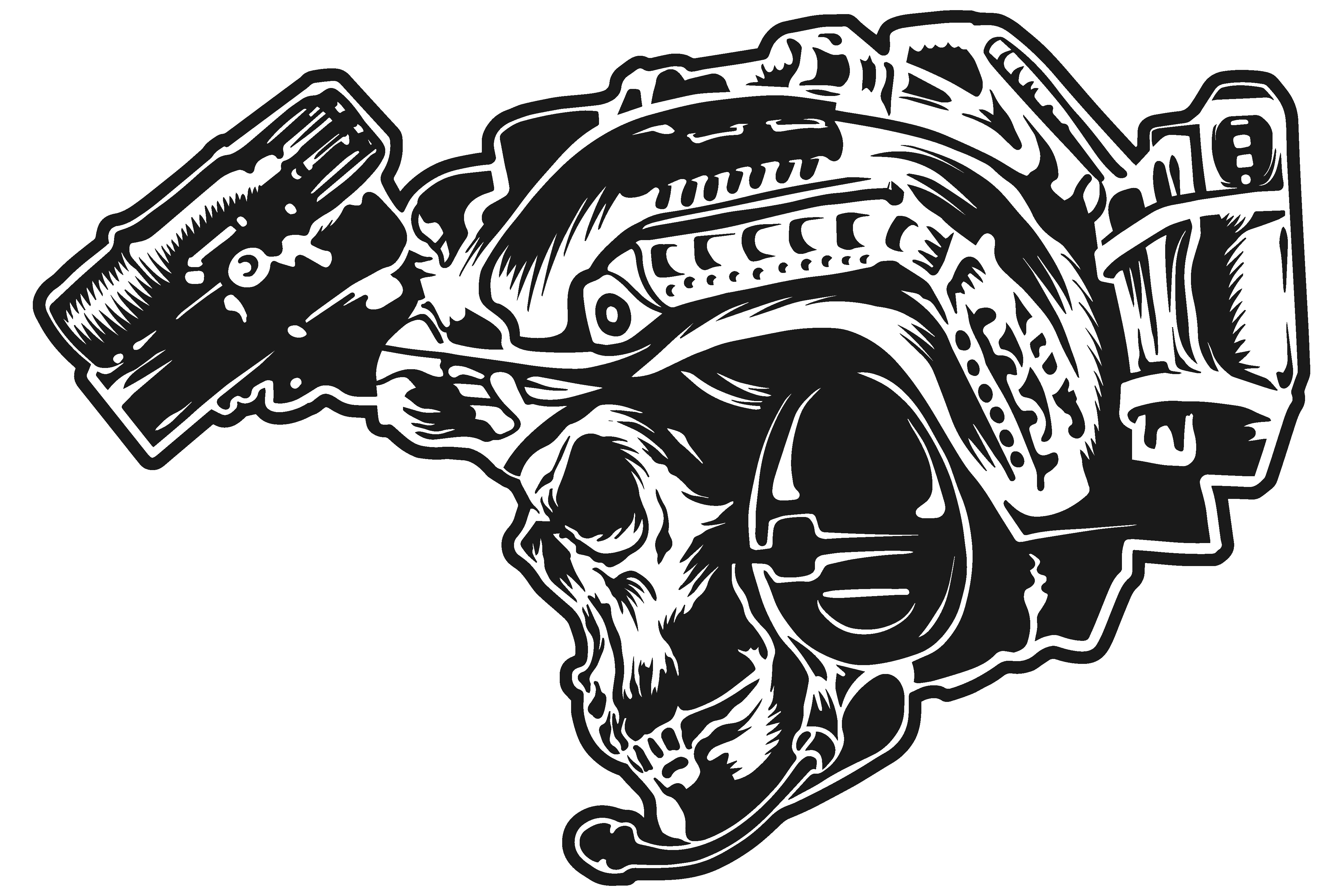
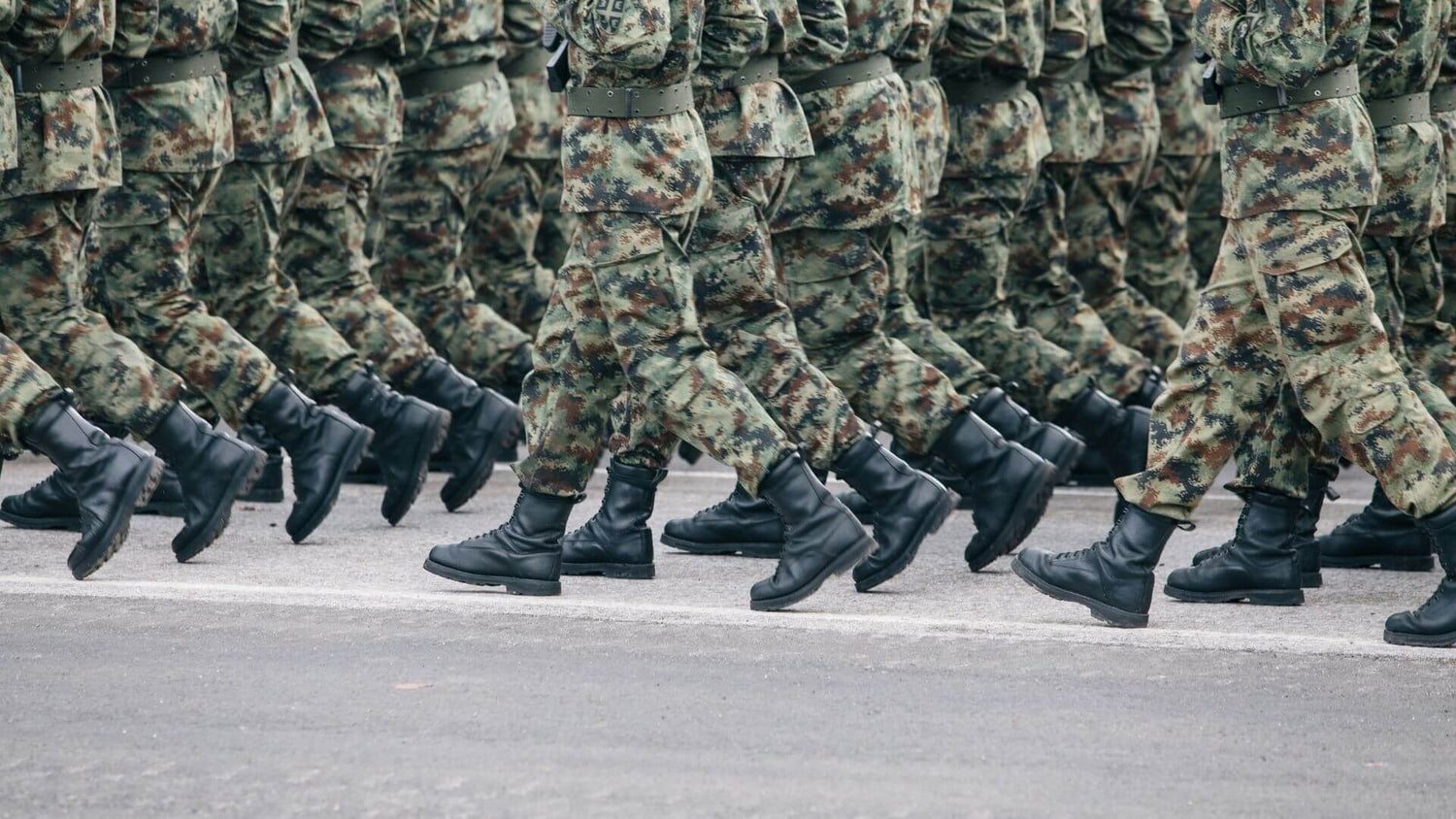
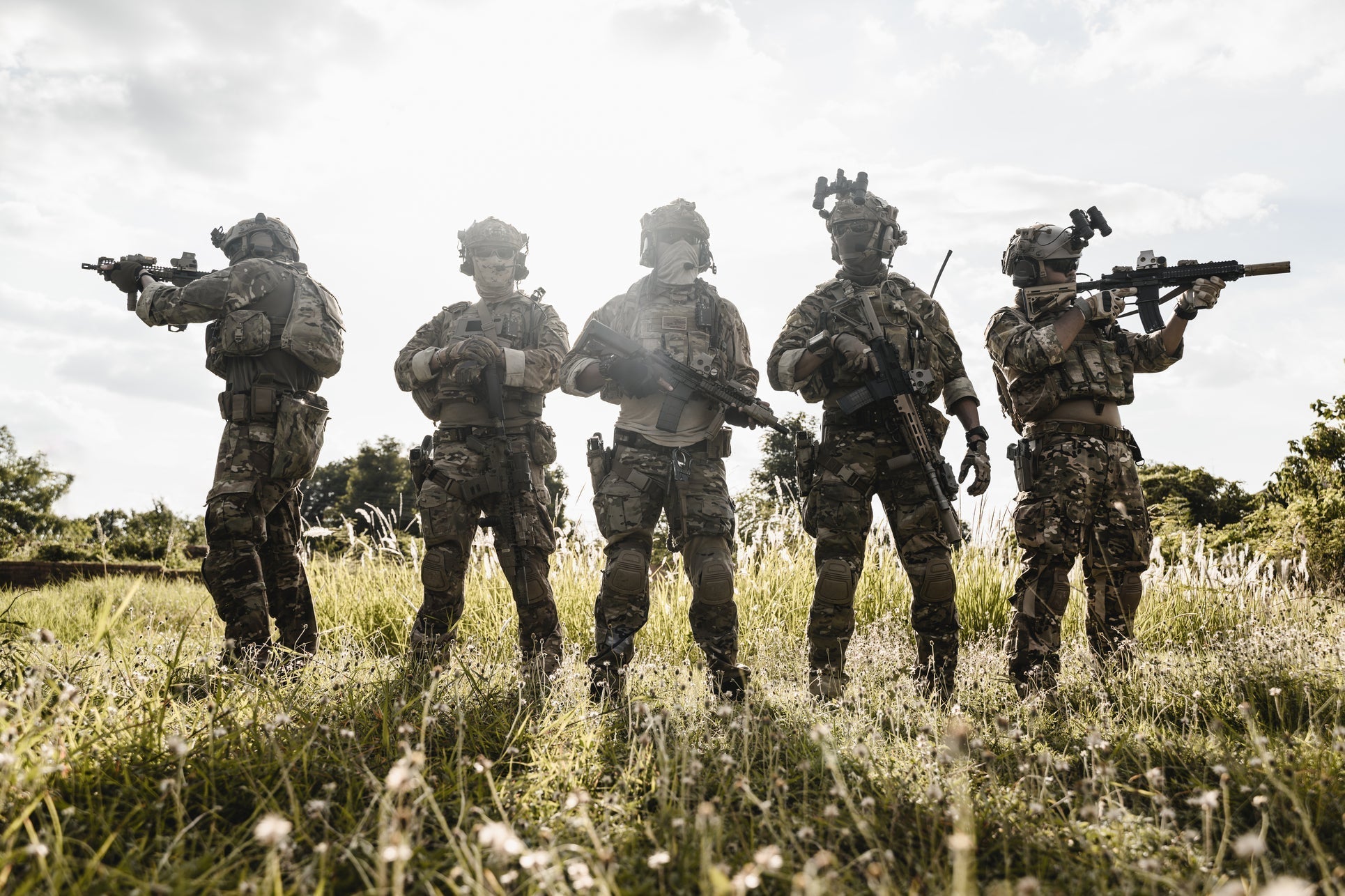


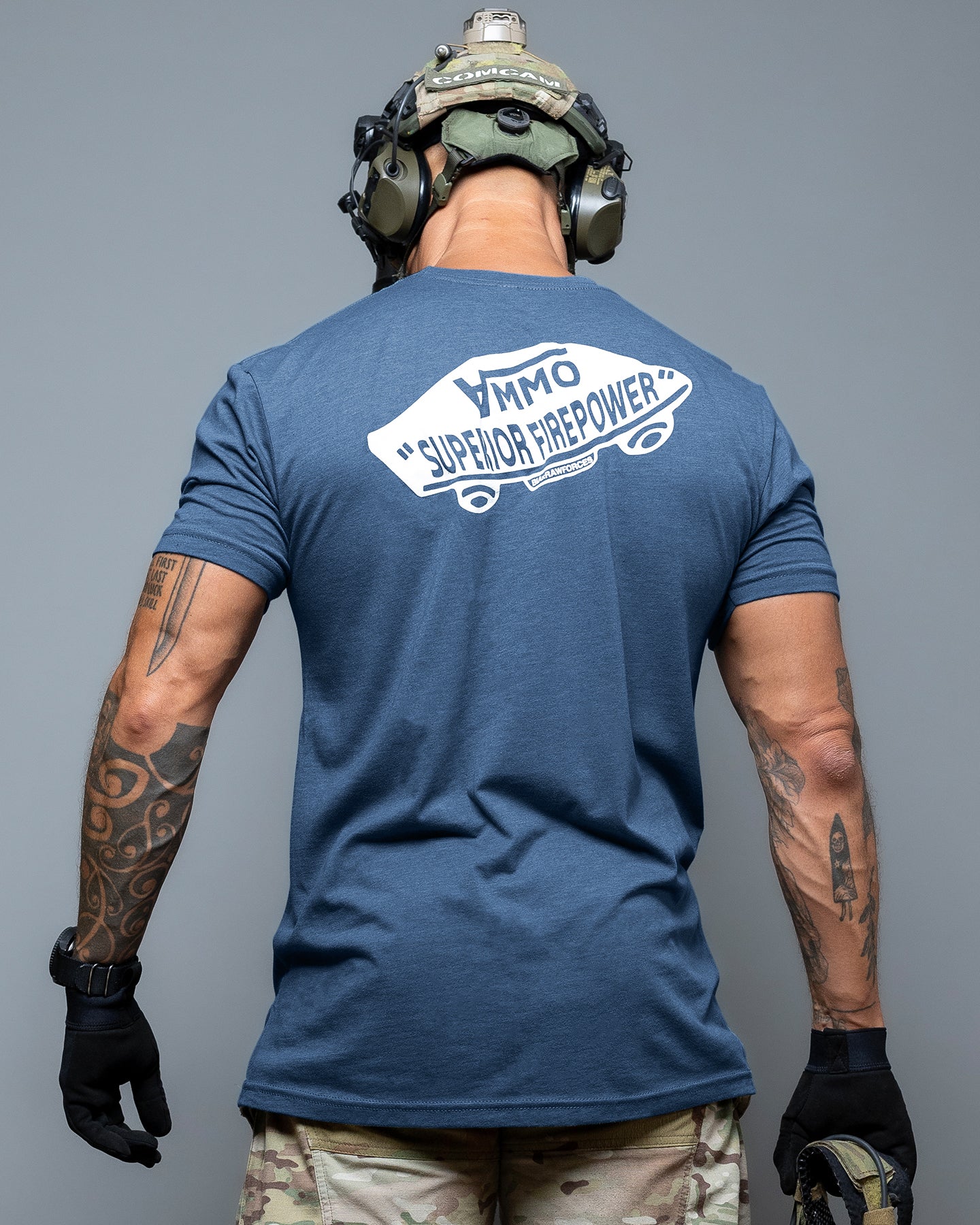
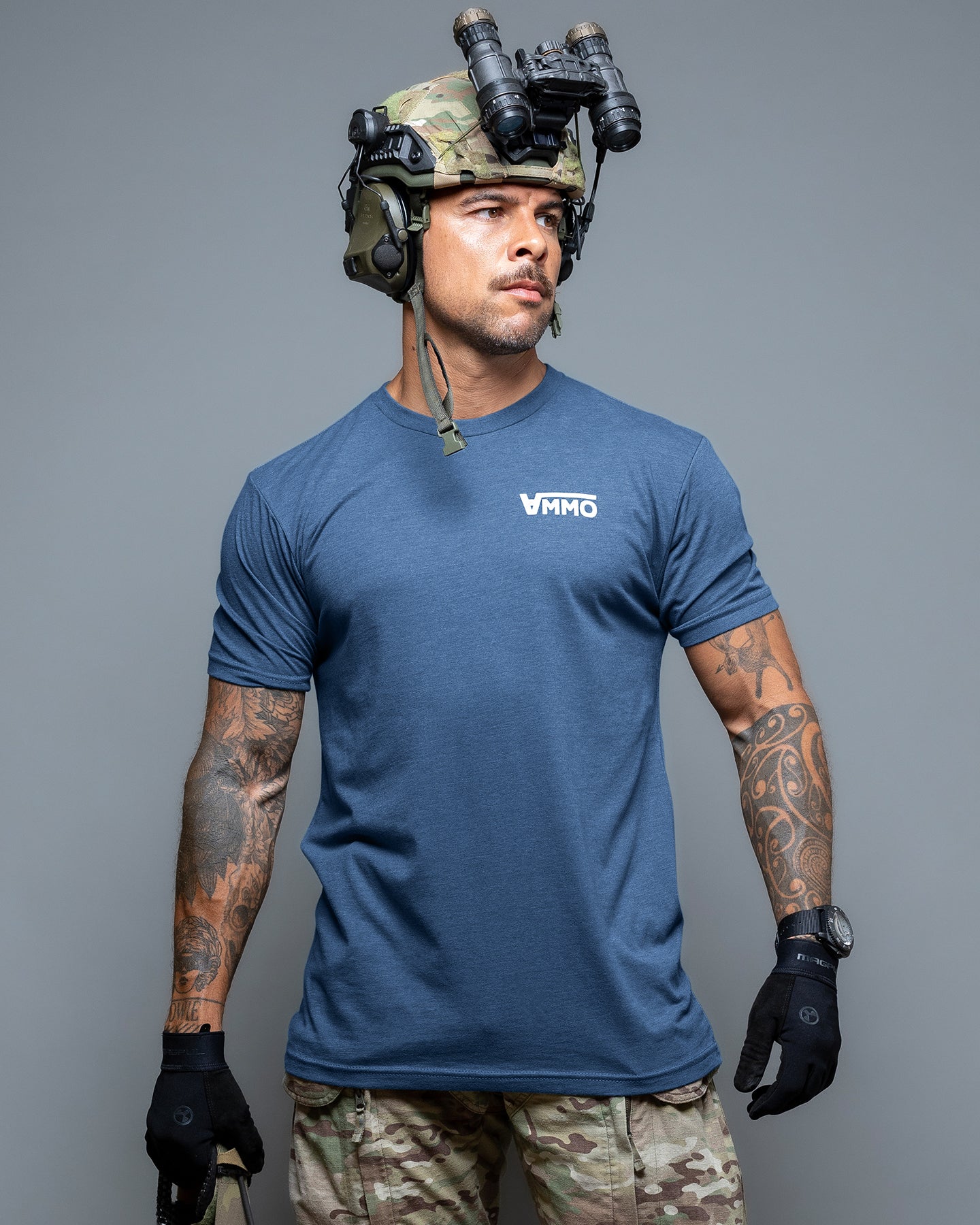




1 comment
Leon
Im Titelbild zeigt ihr serbische Soldaten, keine der Bundeswehr
Leave a comment